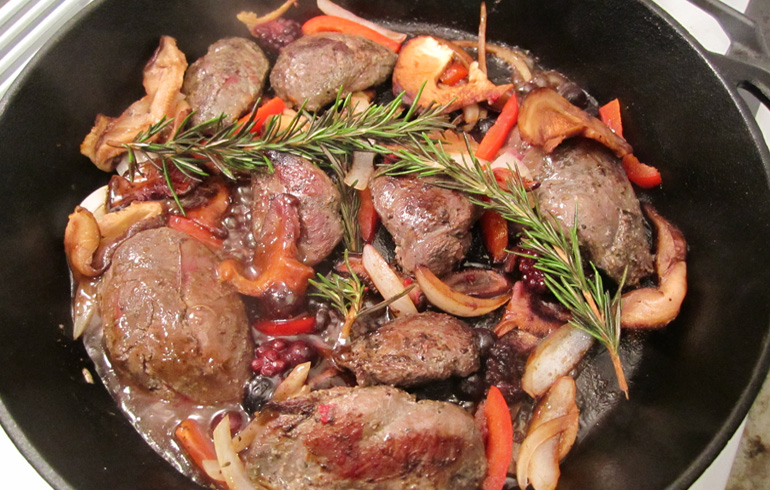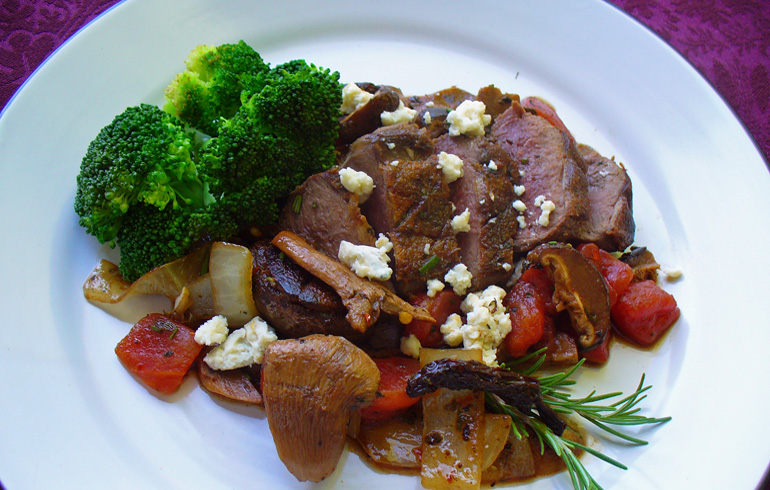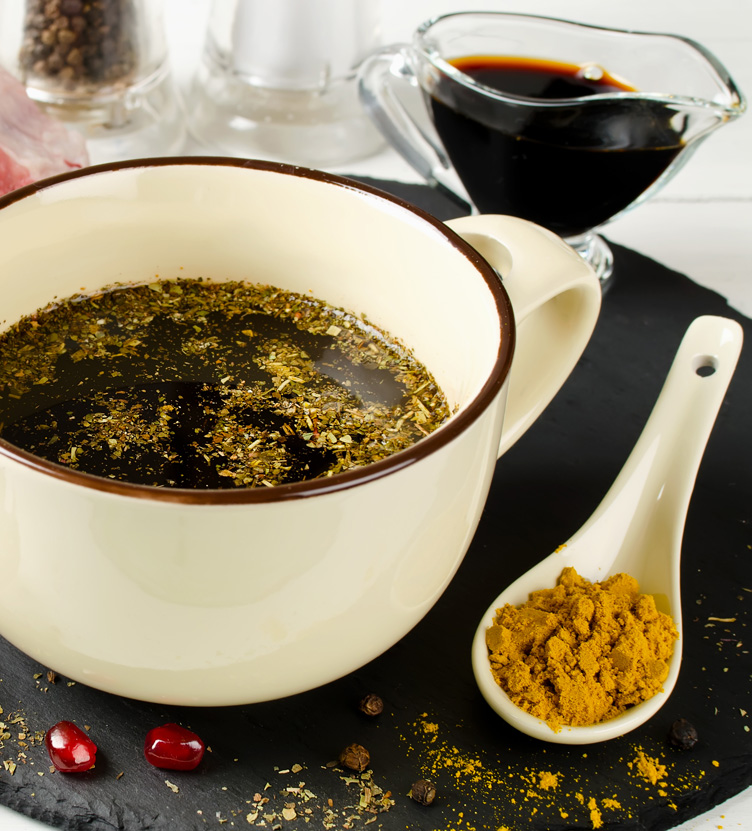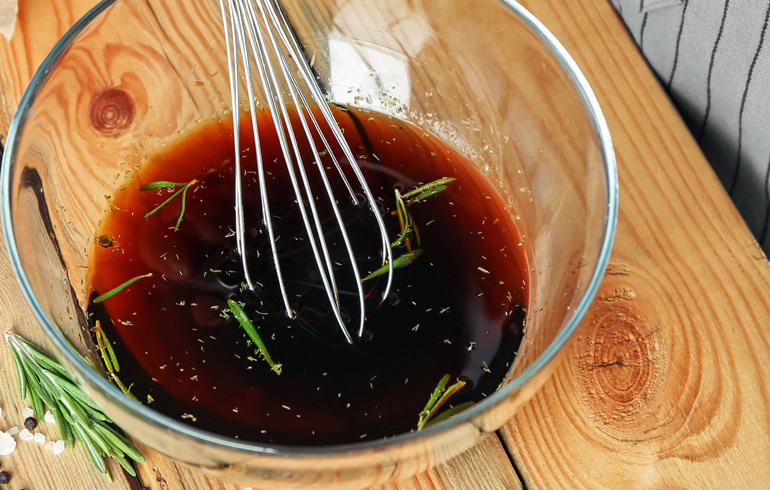Tales from the Dark Side – How to Cook Lesser Ducks
As anyone who has eaten both diving ducks and grain-fed puddlers can attest, they both taste very different from one another. Apparently, all ducks are not created equal, at least when it comes to the dinner table.
Fortunately, the darker-fleshed ducks can still make great table fare with just a few extra steps and some additional time to tame the more “pronounced” flavored game meat.
Lean, dark-fleshed ducks and geese have a deeper, earthier flavor as compared to an otherwise fat and lighter-fleshed mallard or pintail. It should come as no surprise that ducks and geese are what they eat.

As anyone who has eaten both diving ducks and grain-fed puddlers can attest, they both taste very different from one another. Apparently, all ducks are not created equal, at least when it comes to the dinner table. Fortunately, the darker-fleshed ducks can still make great table fare with just a few extra steps and some additional time to tame the more “pronounced” flavored game meat.

Lean, dark-fleshed ducks and geese have a deeper, earthier flavor as compared to an otherwise fat and lighter-fleshed mallard or pintail. It should come as no surprise that ducks and geese are what they eat. Take the often-maligned snow goose, for example. An early season snow goose harvested in Canada is lighter in color and much less, well, gamey than the same birds we shoot in California. It seems that a young bird feeding its way through a barley field up north will taste better than the same goose in California that digs deep into the dark, decomposed earth to feast on tuberous roots.

Divers feed on things like mollusks and crustaceans, along with aquatic plants and insects. Of course, a mallard won’t pass up an insect or two, but they do prefer to get their food near the surface rather than down below. I suppose it’s not really all that important, at least to me, why ducks certain taste like they do. What is important is how to make them edible.
Here are a few things that will improve the taste of any dark-fleshed duck or goose. First, don’t try and cook them whole. There’s a good chance that the small amount of fat and the skin will only add to the off-taste of the bird. If you’re so inclined, you can save the legs and skinned and thoroughly cleaned carcasses for soups or stock. Remove the skin from the breast fillets, rinse them in cold water and pat dry.
Next is the brine. Combine 2 cups of water with 1/2 cup kosher salt in a saucepan and heat over medium heat, while stirring, until the salt is dissolved. If you want to add additional flavors to your brine, like garlic powder, onion, powder, fresh or dry herbs, do so by placing the extra ingredients in the water with the dissolving salt so that the flavors are incorporated into the brine. Add the brine to 2 1/2 quarts of cold water, stir and allow the liquid to cool completely before adding the duck breasts. Since these duck breasts need a little more help than others, allow them to brine in the refrigerator for 12 – 24 hours. You’re replacing duck blood with a mild, salty brine.

After brining and rinsing, pat the meat down with paper towels and place into the marinade below for another 12 to 24 hours. The marinade will impart flavor without overpowering the natural flavor of the ducks. After marinating, pat the fillets down, rub with a little olive oil and season with salt and pepper. They’re now ready to sauté, pan fry, grill or broil.
One final note. The longer you cook the meat, the gamier the flavor. Oh sure, you can slow cook it with Worcestershire, balsamic vinegar, onions, garlic, herbs and red wine until it’s fall-off-the-bone tender, but I really do think that it will taste its best when cooked between rare and medium-rare. Once the meat cooks past medium-rare, or about 135 degrees at the center, it will start to taste more, not less, livery. Prove it to yourself and try a bite of duck cooked to rare, medium-rare and medium-well. Of course, if it turns out that you just don’t really like the taste of any type of duck, you can always cut the meat into little strips, soak them in teriyaki sauce for 48 hours, wrap them in jalapeno and bacon and cook the bejeezus out of them. They won’t even taste like duck!




